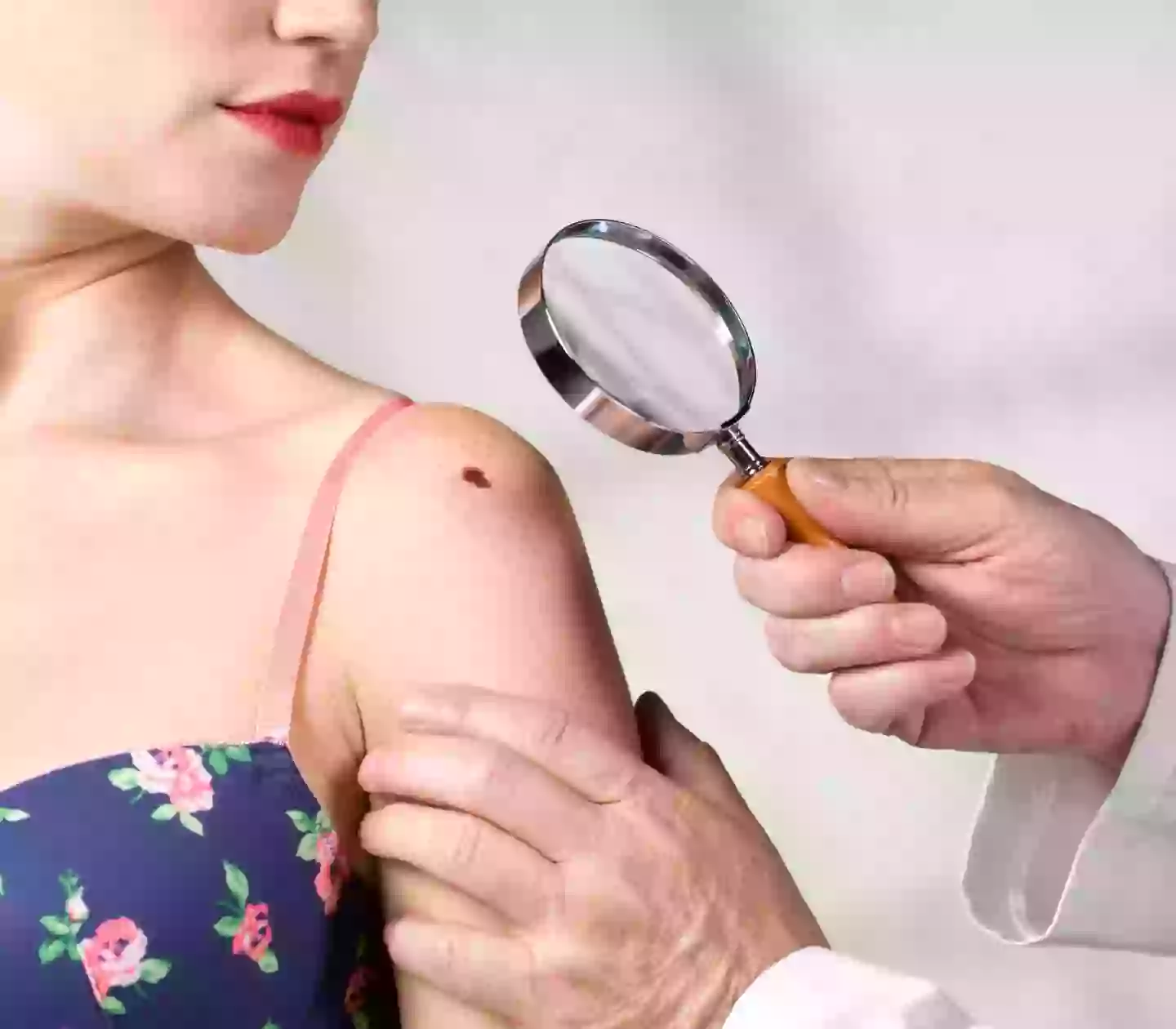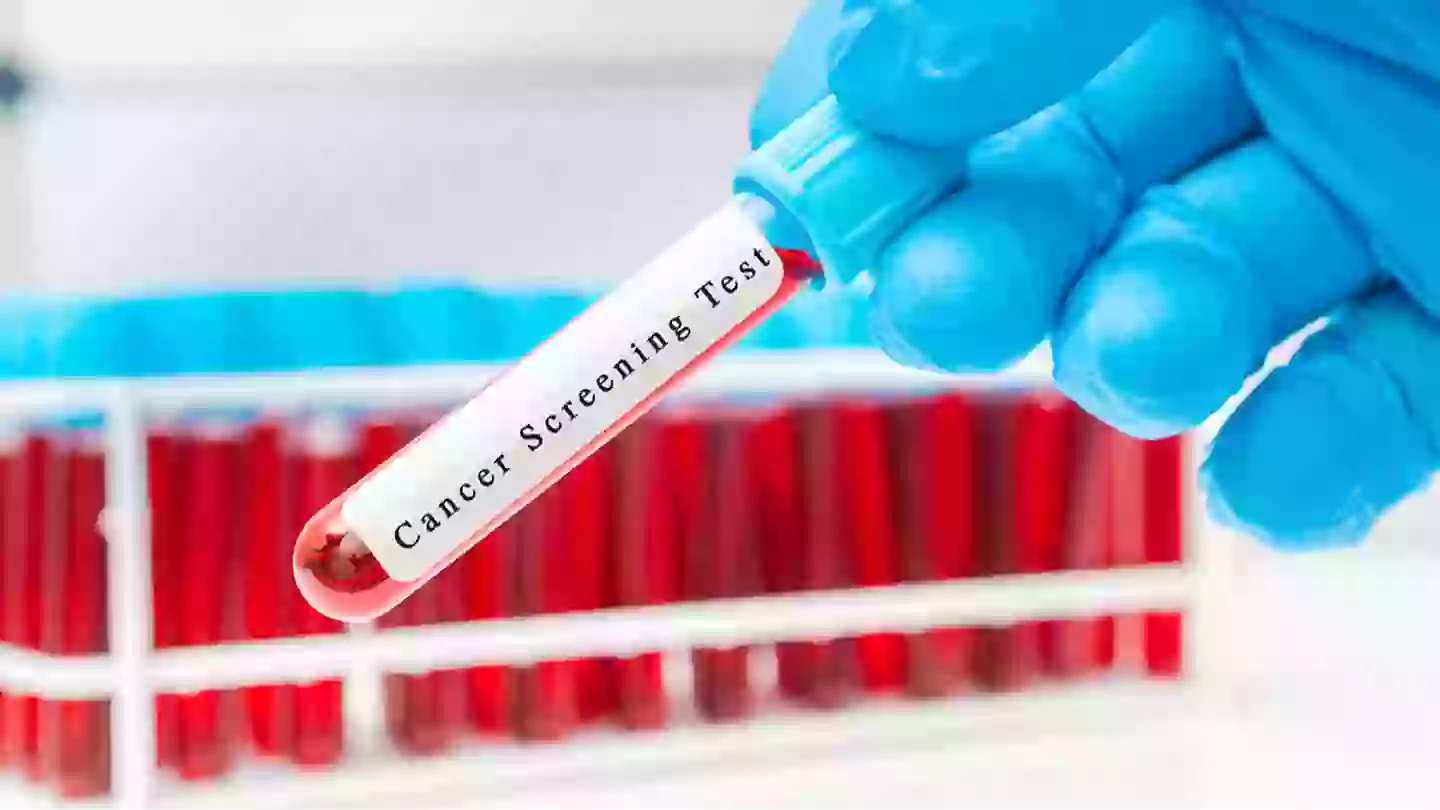The mortality rates for six types of cancer in the United States are reportedly increasing among both men and women. Here is an overview of some frequently overlooked symptoms.
As stated by the American Cancer Society, by 2025, the US is anticipated to report over two million cancer cases, with an estimated 618,000 individuals potentially succumbing to the illness.
Despite the continued decline in overall cancer mortality rates, identifying the disease’s early symptoms is vital to prevent its spread throughout the body.
Between 2018 and 2022, death rates from six specific cancers rose in both genders, each presenting symptoms that might be easily overlooked.

A recent report by the NIH and the American Heart Association (AHA) highlighted that while cancer cases have decreased over the last two decades, incidences of skin cancer, oral cavity and pharynx cancer, bone and joint cancer, pancreatic cancer, uterine cancer, and liver cancer have increased.
Although there are various types of skin cancers, many exhibit similar symptoms that should prompt a medical consultation if observed. The report indicates increased death rates among men with non-melanoma skin cancer.
According to Cancer Research UK, skin cancer symptoms include a sore or skin area that fails to heal within four weeks, appears unusual, or is itchy, bleeding, crusting, or scabbing for over four weeks.
Changes in an existing skin spot is another symptom that can go unnoticed, emphasizing the importance of monitoring your skin for any changes.
Increased cancer deaths in both men and women in the US highlight the importance of recognizing symptoms that may be easily ignored.
If you experience non-healing ulcers, a neck lump, mouth pain, or red or white patches in your mouth or throat, the NHS advises scheduling a doctor’s appointment.

Symptoms such as pain or difficulty swallowing, speech issues, weight loss, or bad breath should also be assessed by a healthcare professional.
Bone and joint cancers, referred to as sarcomas, originate in bone tissue or cartilage.
Though they mainly affect young adults and children under 20, anyone can be at risk.
Despite being a rare cancer type, it is necessary to be aware of its subtle symptoms.
The NHS reports symptoms including swelling or redness over a bone, a visible lump over a bone, and persistent bone pain that worsens during sleep.
Located below the lower part of the stomach, pancreatic cancer is more treatable when detected early.
Symptoms include appetite loss, dark urine, fatigue or weakness, stomach pain spreading to the sides or back, and skin or eye yellowing.

With rising deaths from uterine cancer, most common in post-menopausal women, awareness of symptoms is essential.
The NHS notes symptoms like vaginal bleeding or spotting post-menopause, unusually heavy periods, pain during intercourse, and changes in toilet habits.
Liver cancer is also reportedly increasing, making it important to recognize its symptoms.
The NHS lists symptoms like a lump on the right side of the stomach, fatigue, and appetite loss.
Although some symptoms might be attributed to other issues, it is crucial to consult a doctor if you have any concerns.
If you need to discuss these issues in confidence, contact the American Cancer Society at 1-800-227-2345 or through their 24/7 live chat feature.

